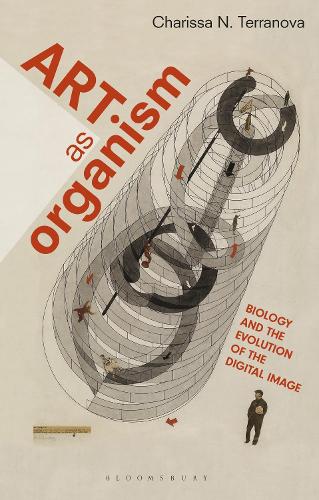
Art as Organism: Biology and the Evolution of the Digital Image
(Paperback)
Available Formats
Publishing Details
Art as Organism: Biology and the Evolution of the Digital Image
By (Author) Dr. Charissa N. Terranova
Bloomsbury Publishing PLC
Bloomsbury Visual Arts
16th December 2021
United Kingdom
Classifications
Tertiary Education
Non Fiction
Theory of art
History of art
709.04
Physical Properties
Paperback
336
Width 136mm, Height 212mm, Spine 24mm
600g
Description
Art as Organism shows that the digital image was a rich and expansive artistic medium of modernism. Linking its emergence to the dispersion of biocentric aesthetic philosophies developed by Bauhaus pedagogue Laszlo Moholy-Nagy, from 1920s Berlin to the Massachusetts Institute of Technology in the 1970s, Charissa Terranova uncovers seminal but overlooked references to biology, the organism, feedback loops, emotions, and the Gestalt, along with an intricate genealogy of related thinkers across disciplines. Unearthing a forgotten narrative of modernism, one which charts the influence that biology, General Systems Theory, and cybernetics had on modern art, Terranova interprets new major art movements such as the Bauhaus, Op Art, and Experiments in Art and Technology by referencing contemporary insights from architects, embryologists, electrical engineers, and computer scientists. From kinetic and interactive art to early computer art and installations spanning an entire city, this book charts complex connections between visual culture, science and technology that comprise the deep history of 20th-century art.
Author Bio
Charissa N. Terranova is Professor of Aesthetic Studies at The University of Texas at Dallas, USA. She is the author of Automotive Prosthetic (2014) and the co-editor of D'Arcy Wentworth Thompson's Generative Influences in Art, Design, and Architecture (Bloomsbury, 2021) and has published articles in Leonardo, Art Journal, Urban History Review, and Journal of Urban History, among others.
